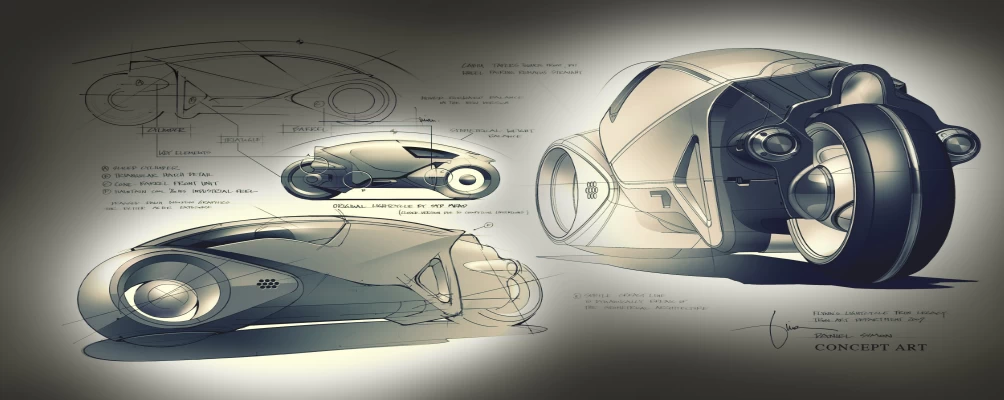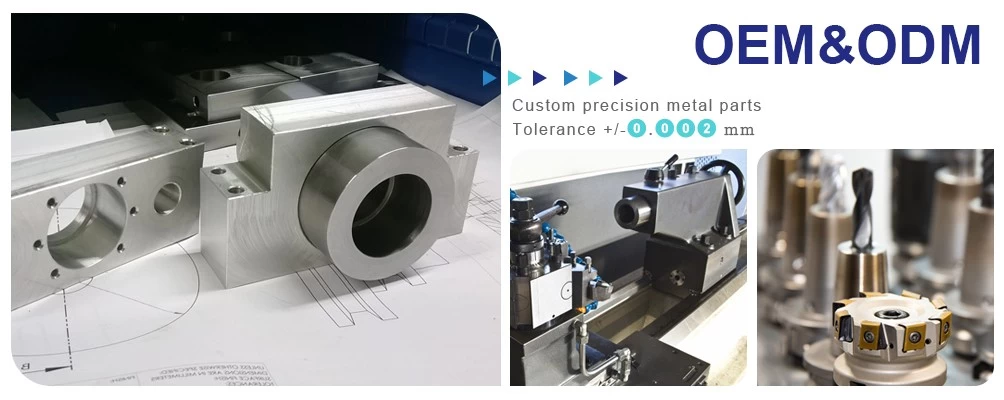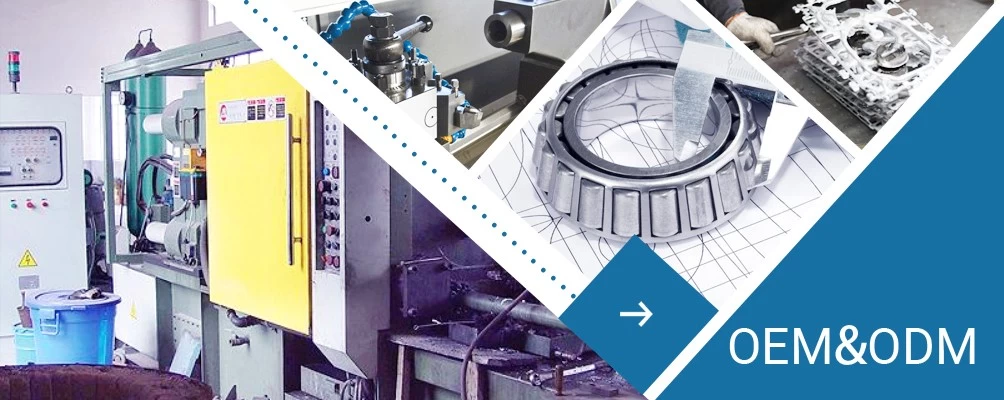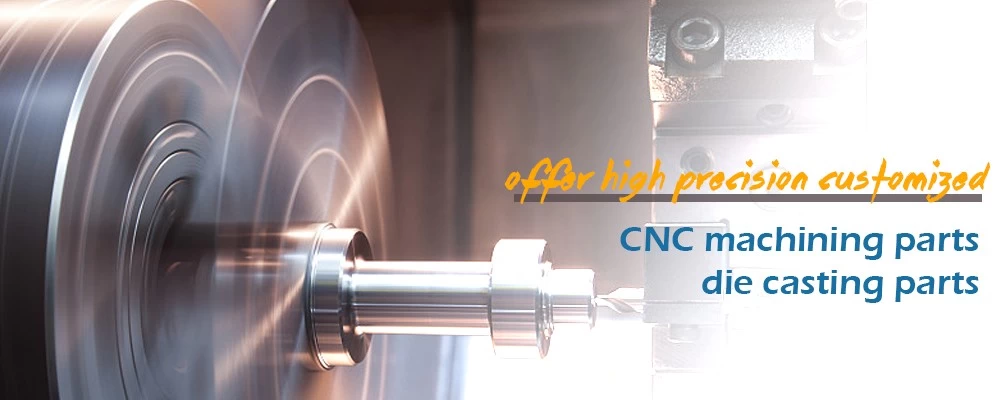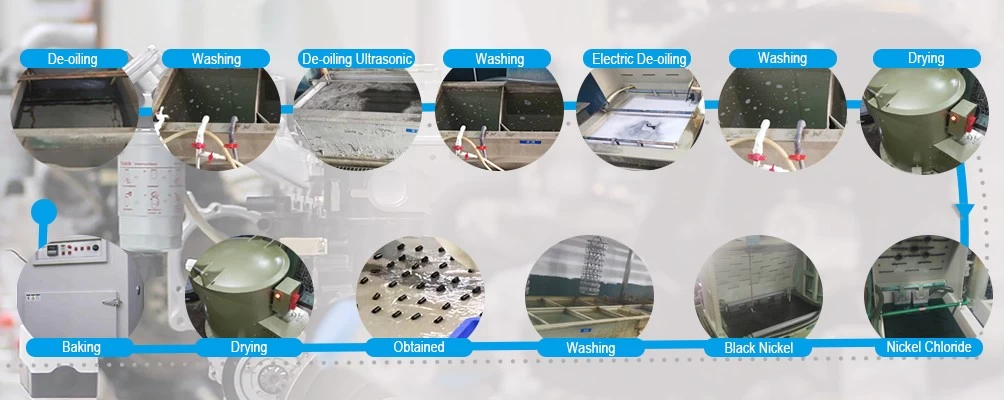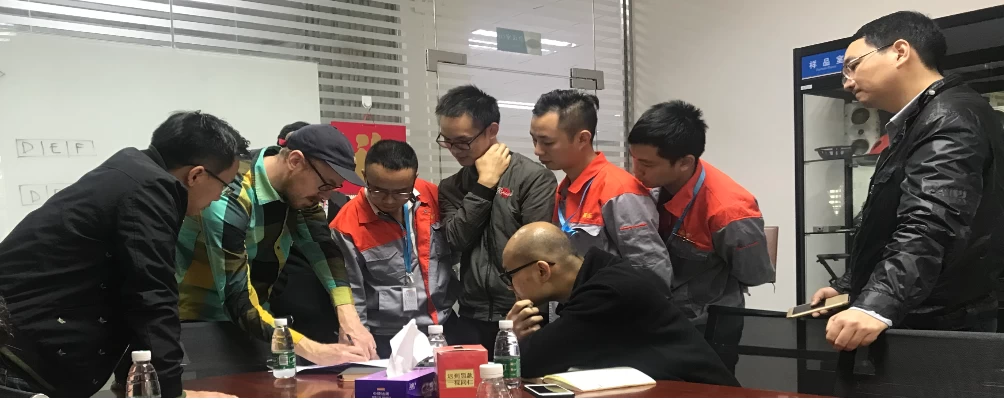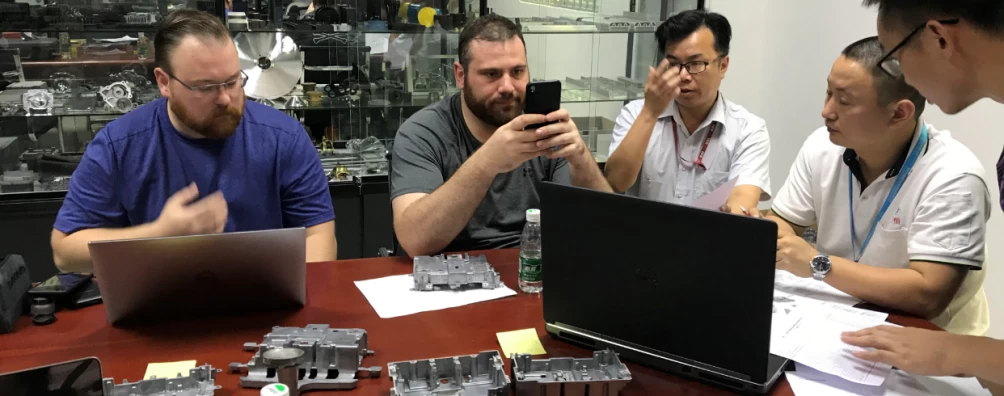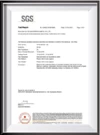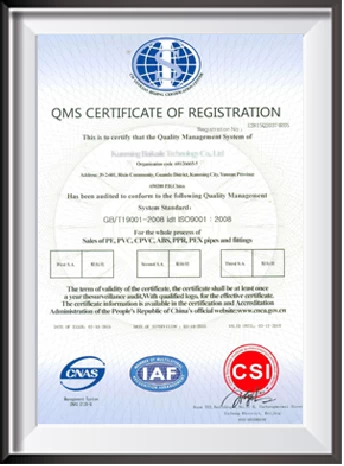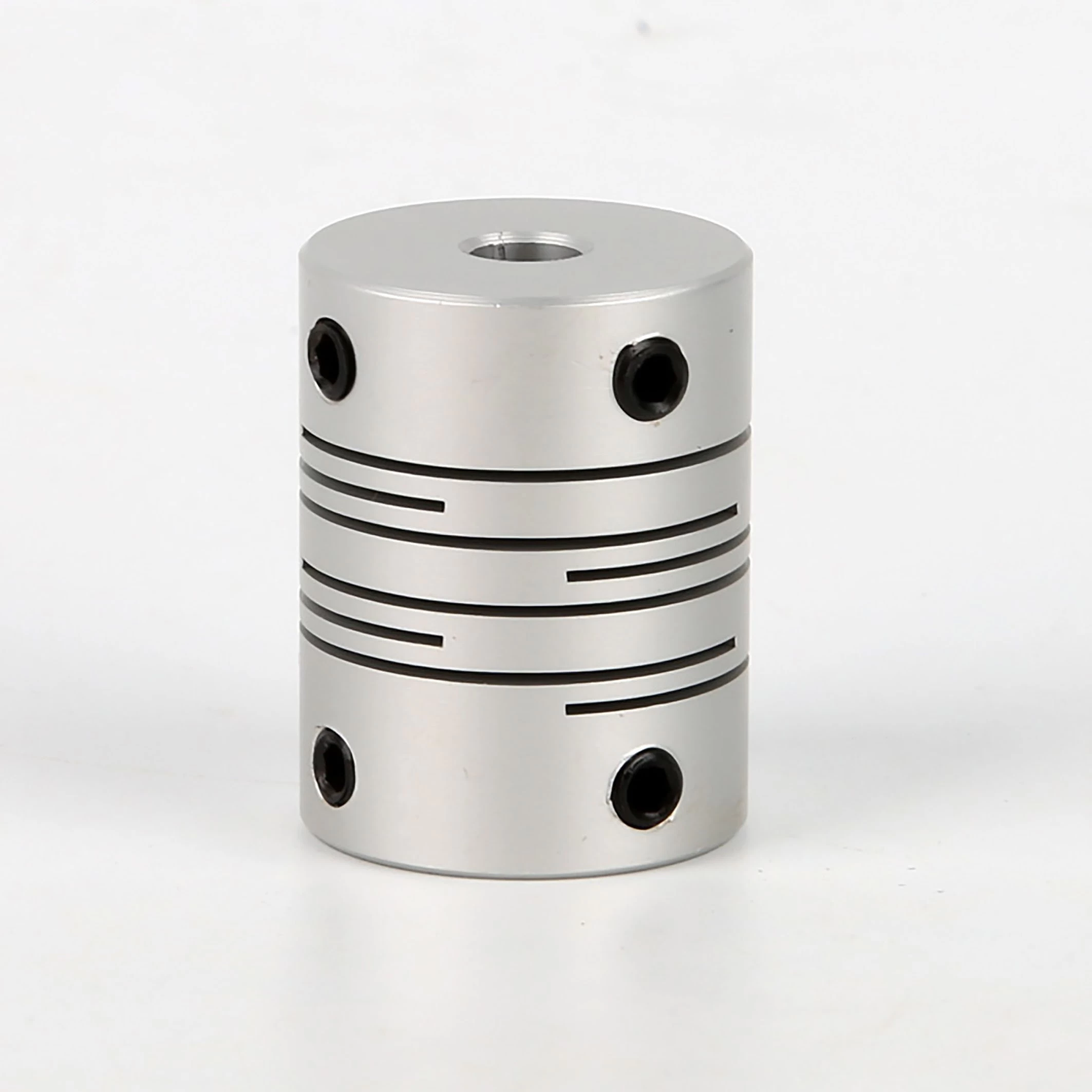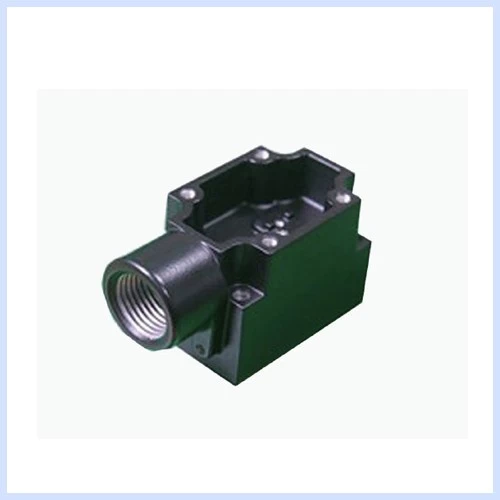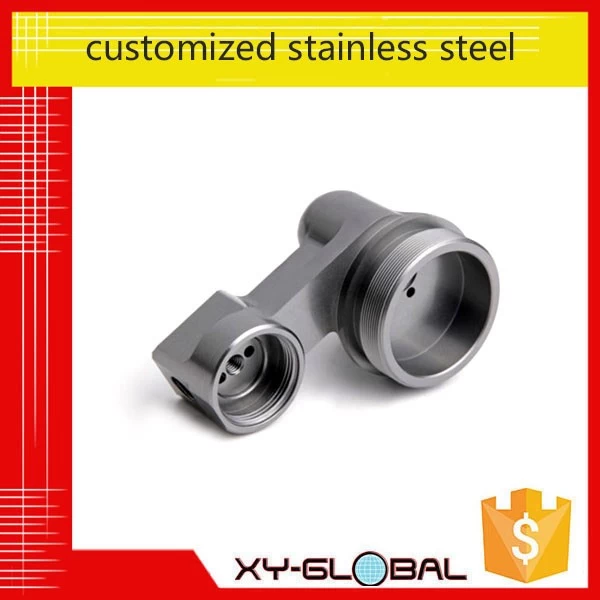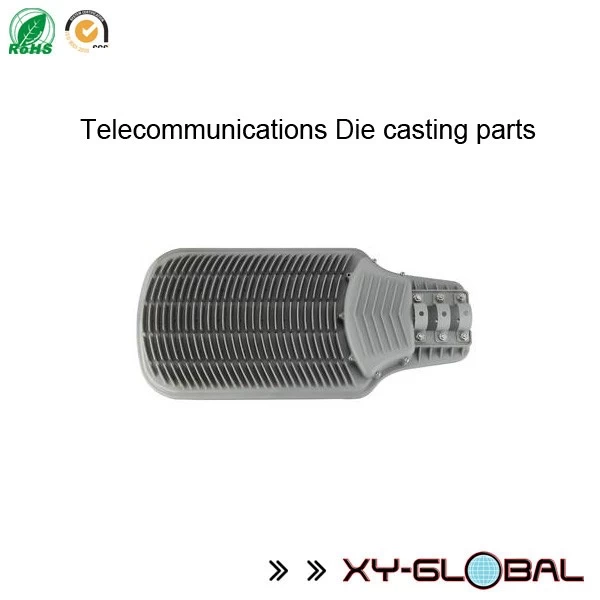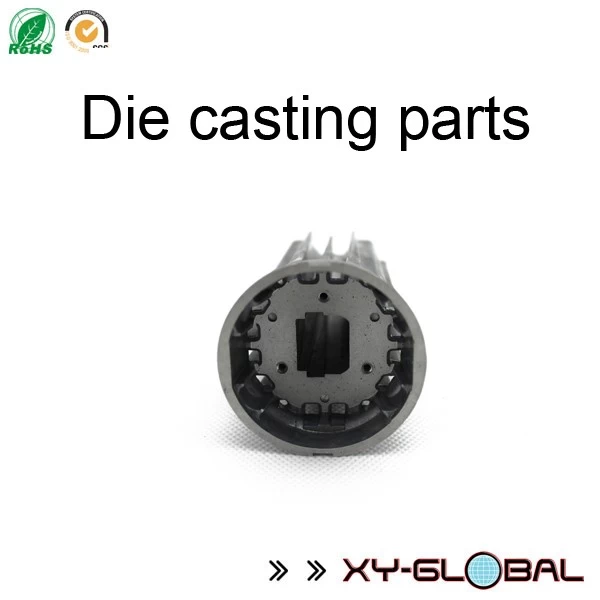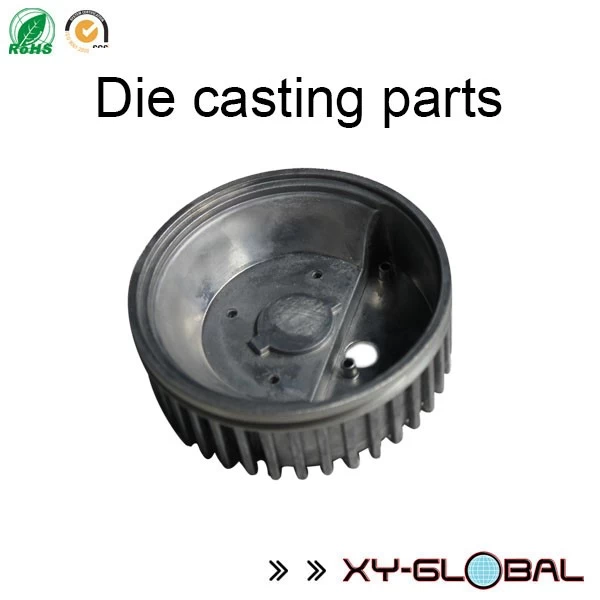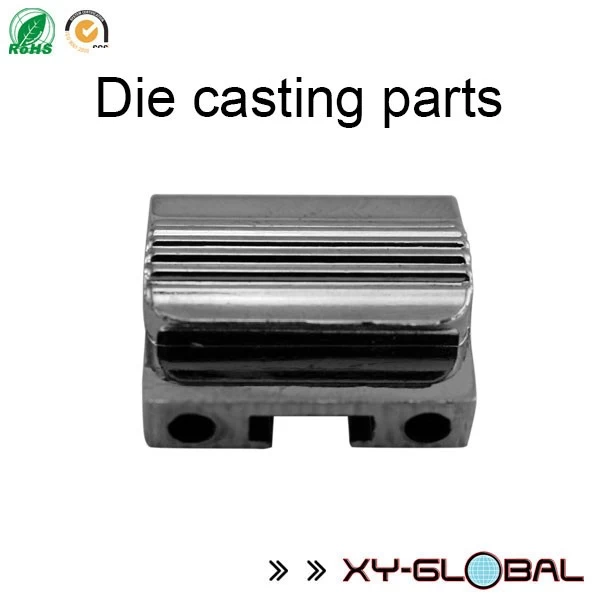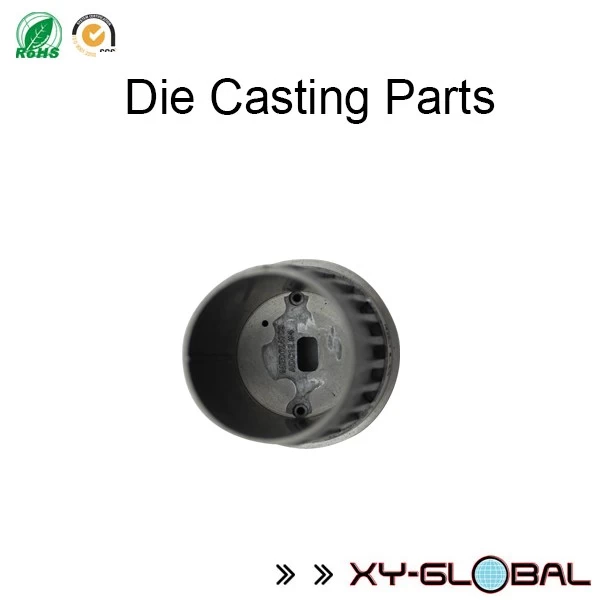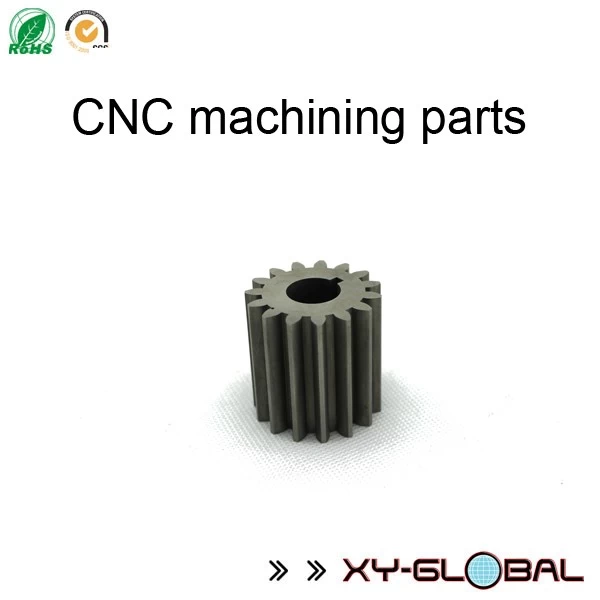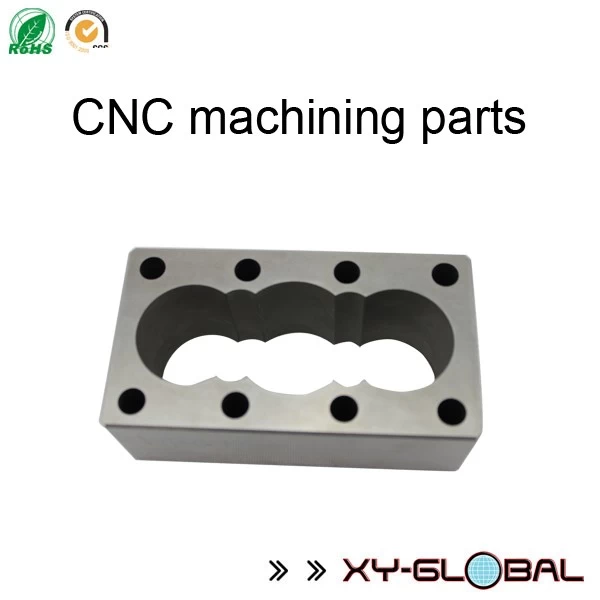Hard oxidation
Michelle
www.xy-global.com
2018-09-07 20:56:42
The main purpose of hard anodizing of aluminum alloys is to improve various properties of aluminum and aluminum alloys, including corrosion resistance, wear resistance, weather resistance, insulation and adsorption. It is suitable for both deformed aluminum alloys and for die cast aluminum parts.
Hard oxidation is called hard anodizing. Hard anodized film generally requires a thickness of 25-150um, a hard anodized film with a thickness of 50-80um and a film thickness of less than 25um. It is used for the use of keys and spirals. The thickness of the anodized film for parts, wear or insulation is about 50um. Under certain special process conditions, it is required to produce a hard anodized film with a thickness of 125um or more, but it must be noted that the thicker the anodized film, the outer layer The lower the microhardness can be, the more the surface roughness of the film layer increases. The hard anodized bath is generally a sulfuric acid solution and an organic acid such as oxalic acid or sulfamic acid. In addition, the hard anodization treatment can be achieved by lowering the anodization temperature or lowering the sulfuric acid concentration. For deformed aluminum alloys with a copper content greater than 5% or a silicon content greater than 8%, or high-silicon die-cast aluminum alloys, special measures for adding anodization may also be considered. For example, for the 2XXX series aluminum alloy, in order to avoid the aluminum alloy being burned during the anodizing process, 385g/L sulfuric acid plus 15g/L oxalic acid can be used as the electrolytic bath, and the current density should also be increased to 2. 5A/dm. the above.

Hard oxidation is called hard anodizing. Hard anodized film generally requires a thickness of 25-150um, a hard anodized film with a thickness of 50-80um and a film thickness of less than 25um. It is used for the use of keys and spirals. The thickness of the anodized film for parts, wear or insulation is about 50um. Under certain special process conditions, it is required to produce a hard anodized film with a thickness of 125um or more, but it must be noted that the thicker the anodized film, the outer layer The lower the microhardness can be, the more the surface roughness of the film layer increases. The hard anodized bath is generally a sulfuric acid solution and an organic acid such as oxalic acid or sulfamic acid. In addition, the hard anodization treatment can be achieved by lowering the anodization temperature or lowering the sulfuric acid concentration. For deformed aluminum alloys with a copper content greater than 5% or a silicon content greater than 8%, or high-silicon die-cast aluminum alloys, special measures for adding anodization may also be considered. For example, for the 2XXX series aluminum alloy, in order to avoid the aluminum alloy being burned during the anodizing process, 385g/L sulfuric acid plus 15g/L oxalic acid can be used as the electrolytic bath, and the current density should also be increased to 2. 5A/dm. the above.
XY-GLOBAL is committed to the production and sale of precision and high quality metal and injection molded products and mold parts, winning customers' trust with price advantage, short delivery time and efficient service. If you have any new items about metal parts, please feel free to contact us (sales860@xy-global.com). We have a professional and strong engineering team with more than 20 years of experience to provide you with full support.
This is our website: www.xy-global.com
This is our website: www.xy-global.com


